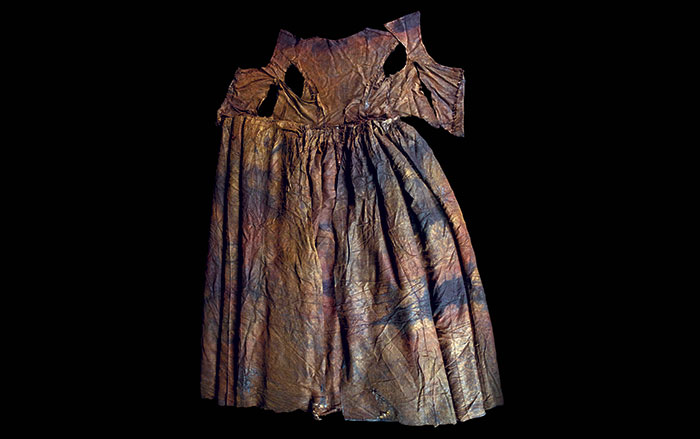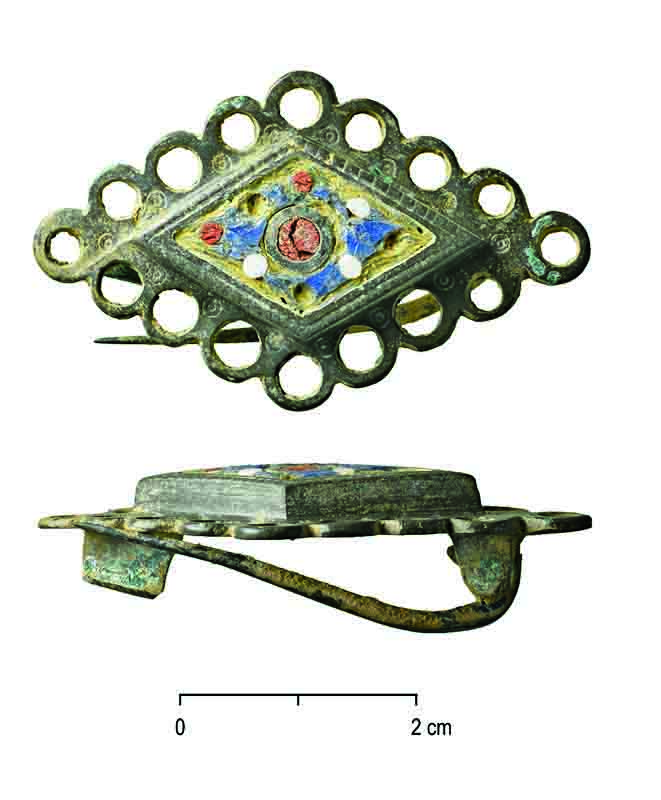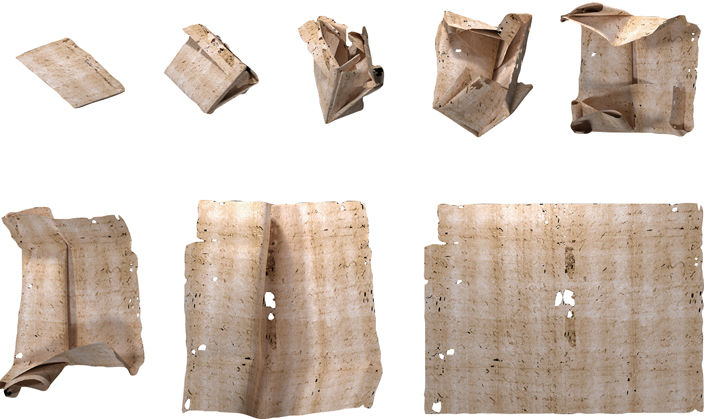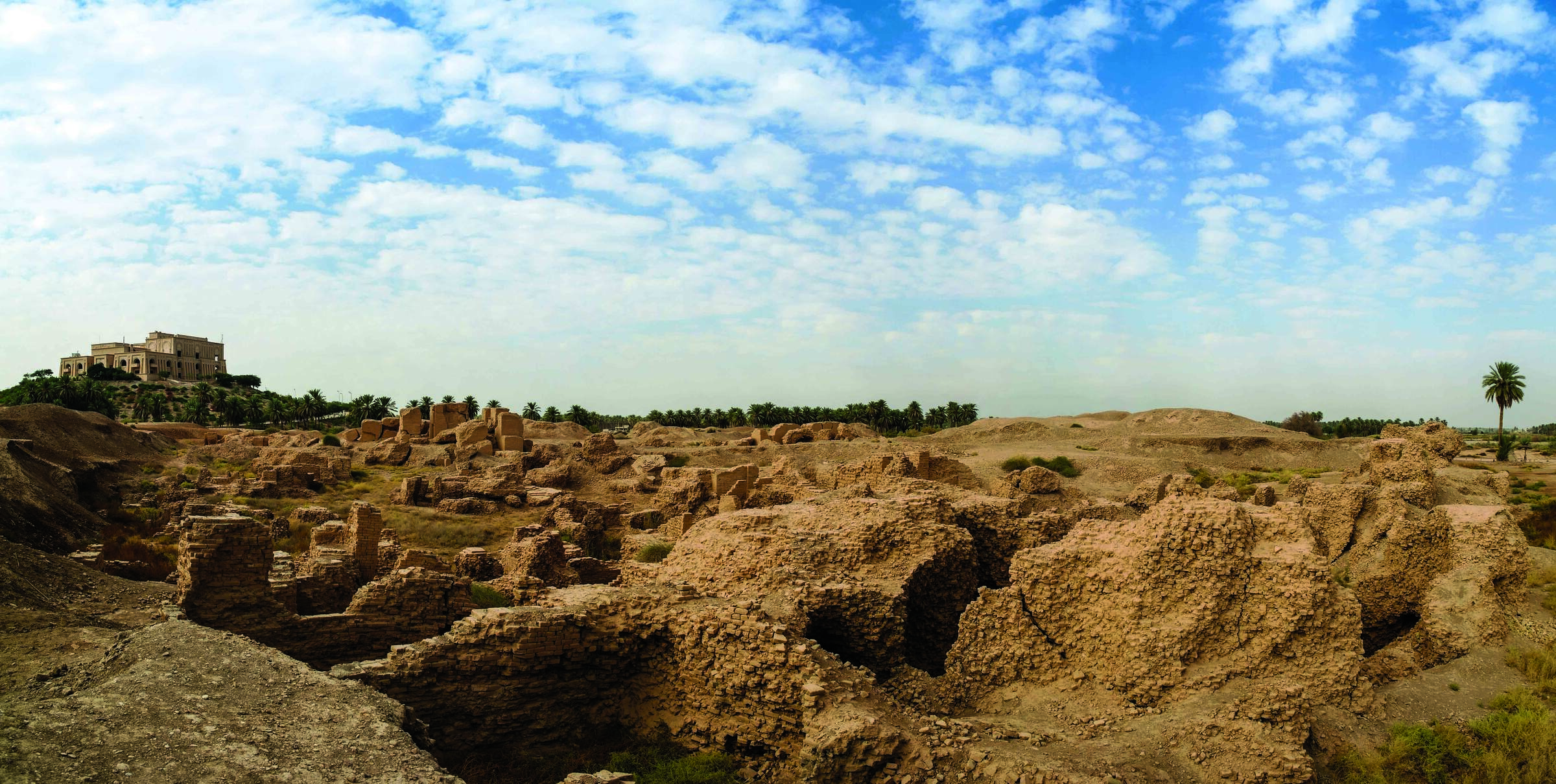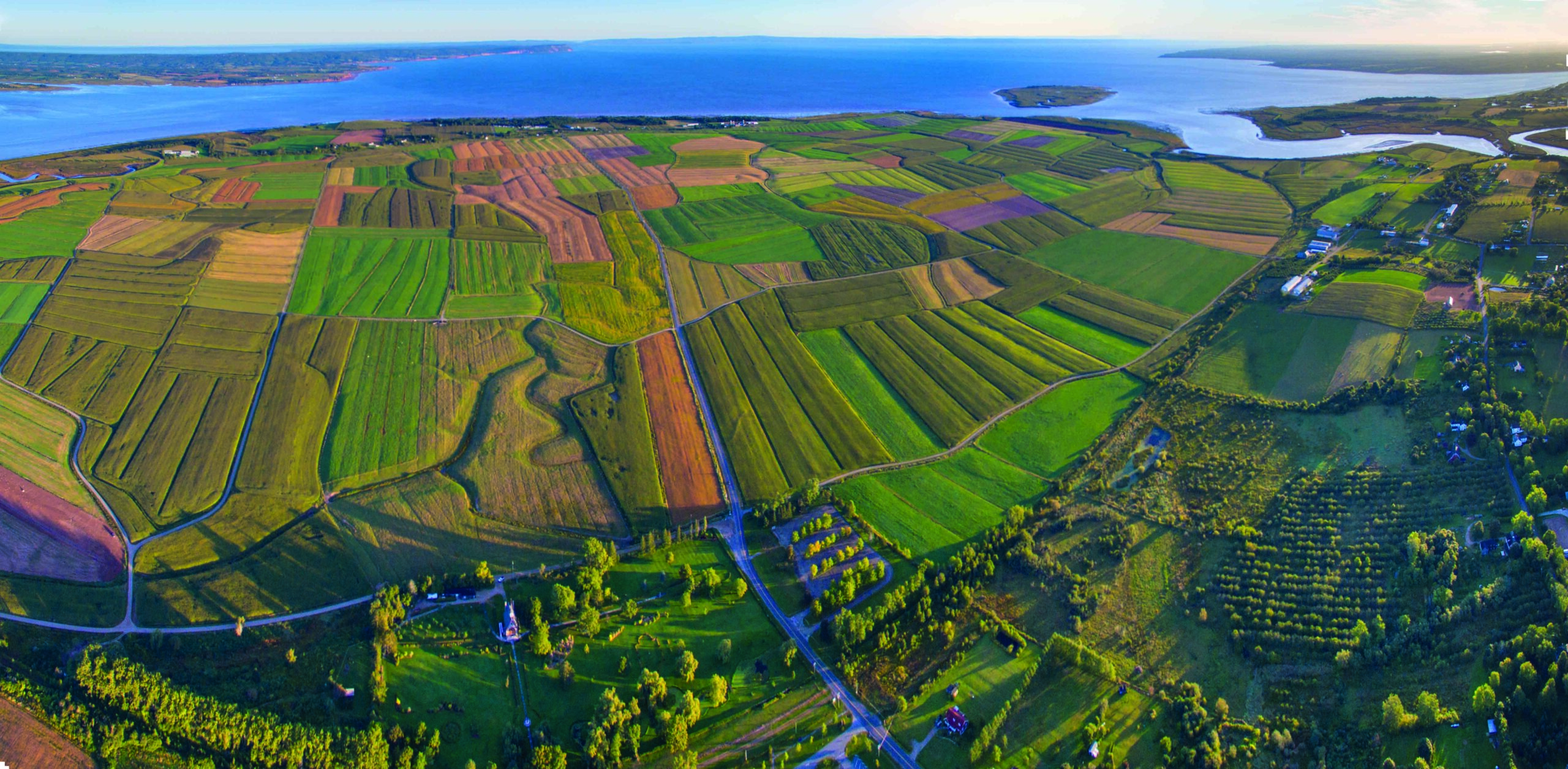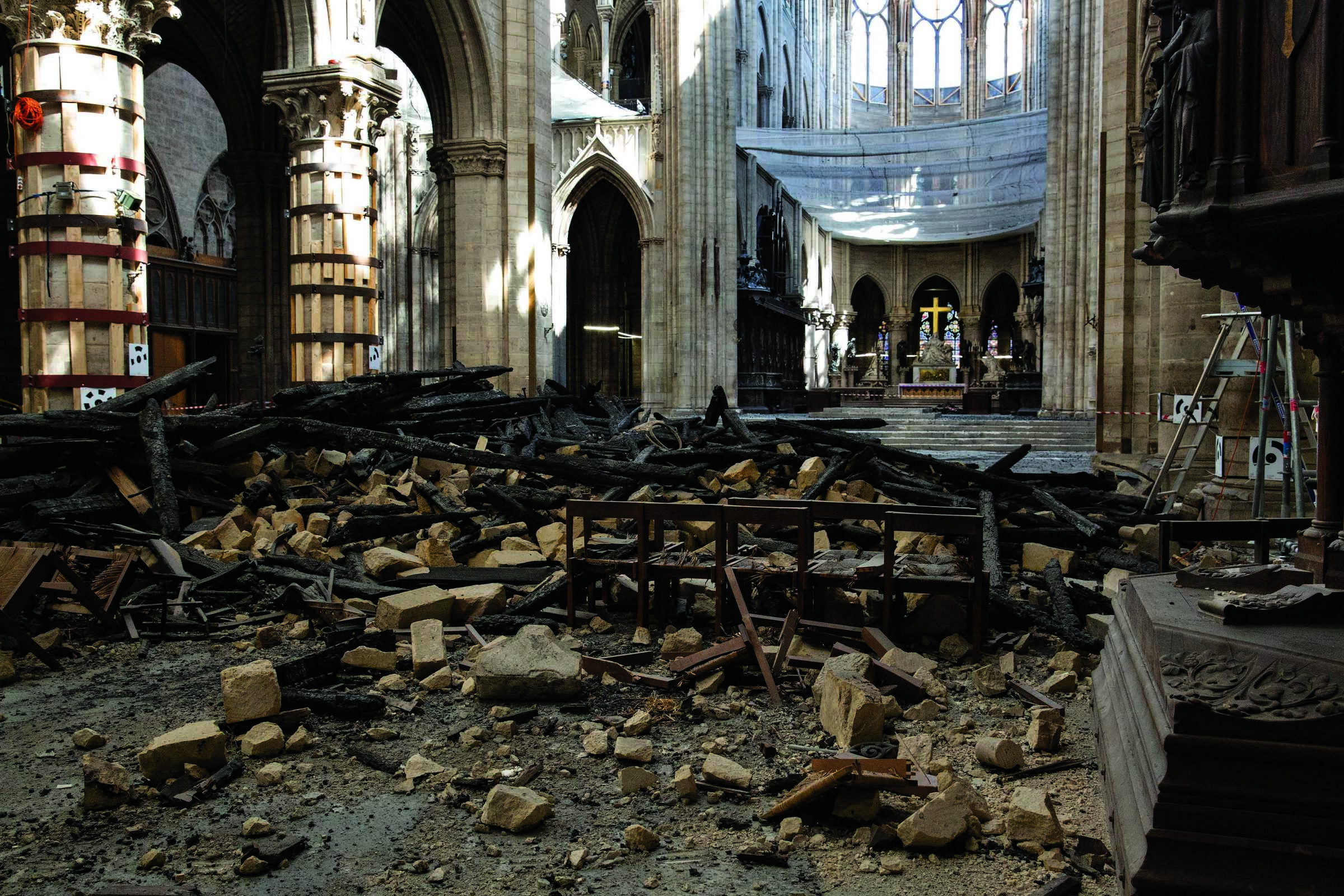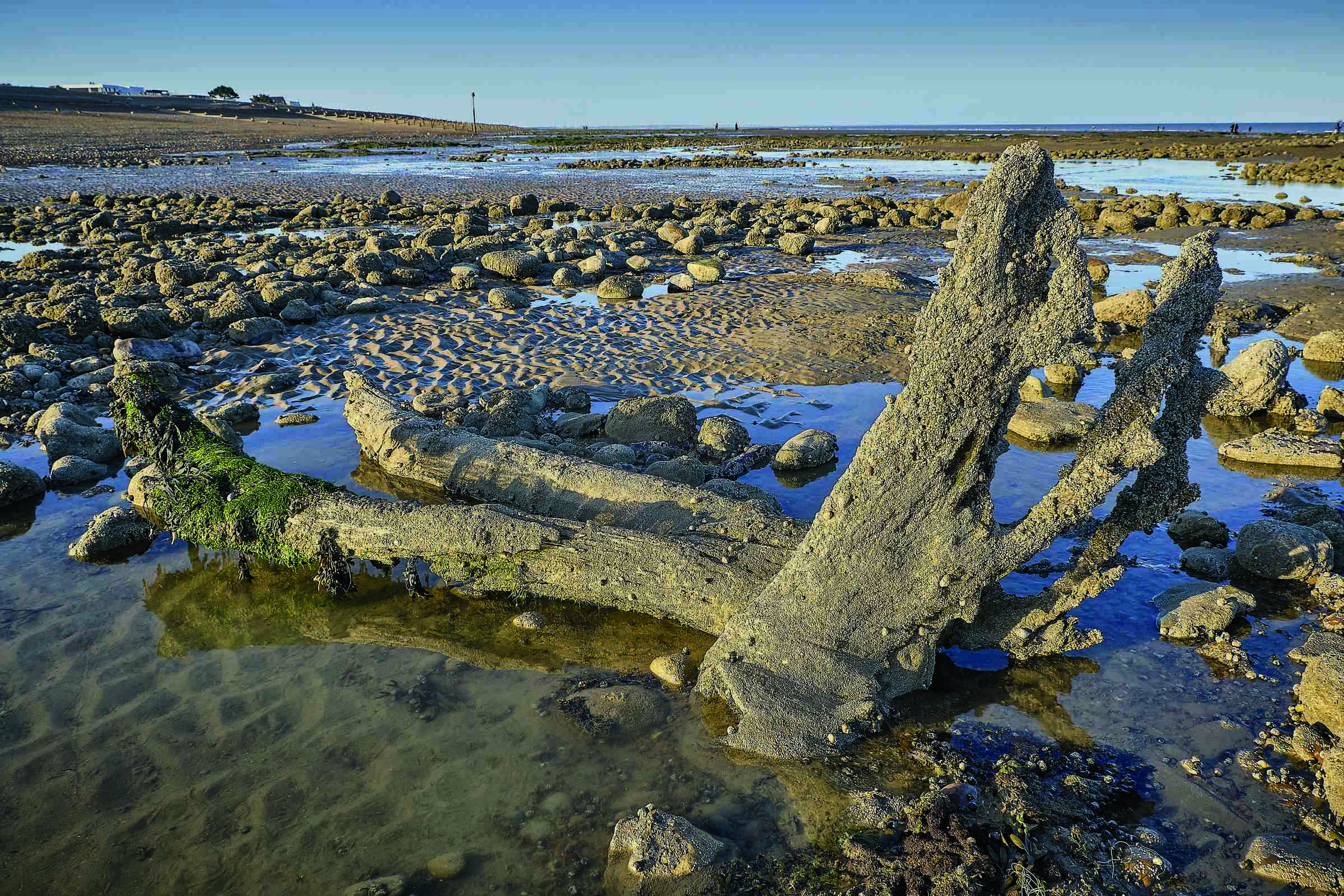
LONDON, ONTARIO—According to a statement released by PLOS, Andrea L. Waters-Rist of the University of Western Ontario and her colleagues analyzed the chemical composition of the bones of 277 people, including some 90 infants and children, who were buried in a rural dairy farming region of the northwestern Netherlands in the nineteenth century. The levels of carbon and nitrogen isotopes in the bones indicate that very few had been breastfed as infants. The researchers suspect that the nineteenth-century mothers either chose not to breastfeed or weaned their infants at a young age because their labor as dairy farmers was in high demand. Cow’s milk would have also been readily available to feed their children, the researchers explained. Read the original scholarly article about this research in PLOS ONE. To read about how researchers used digital technology to virtually unfold and read seventeenth-century letters from The Hague, go to "Return to Sender."



